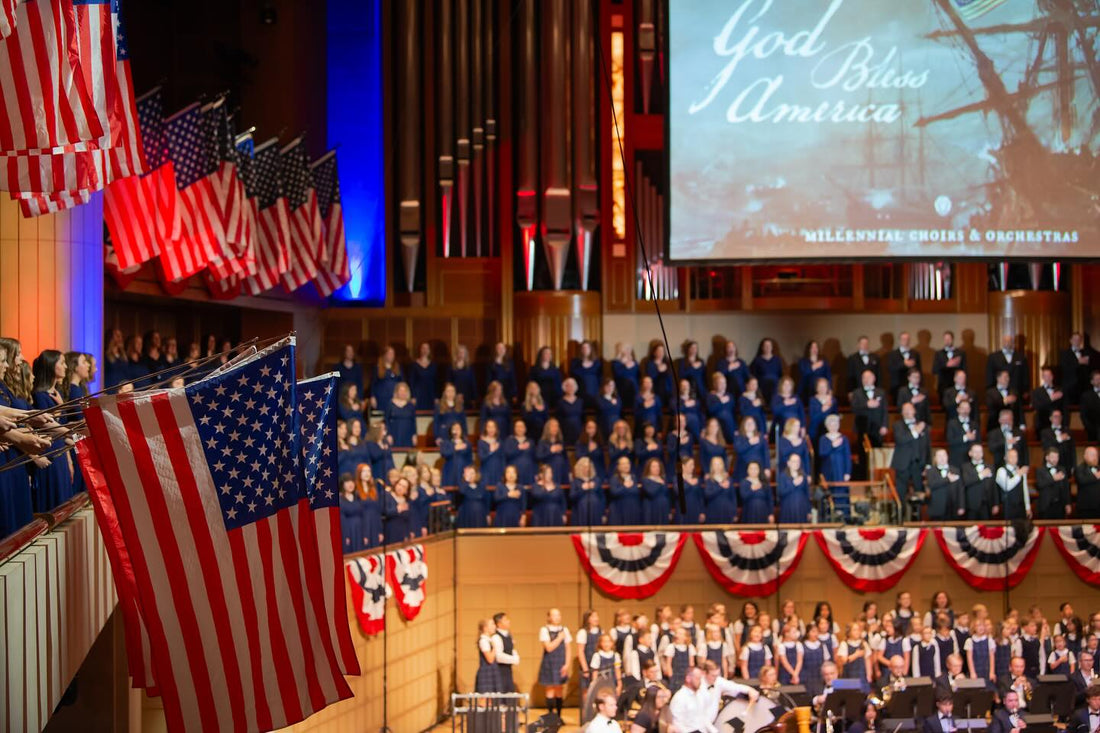Every July 4th and in every heart that yearns for freedom, we celebrate more than just a historical milestone—we celebrate the indomitable spirit of independence that can be both a public declaration and a personal awakening. While many associate Independence Day solely with the birth of a nation and the courageous act of breaking free from oppressive rule, this day also resonates with the timeless theme of spiritual liberation that has inspired countless believers throughout the ages.
Historical Origins: A Tapestry of Liberation
In the annals of history, the modern celebration of Independence Day is most commonly linked to the American Revolution—a powerful rebirth that marked the end of colonial bondage and the commencement of self-governance. The brave souls who signed the Declaration of Independence were not only fighting for their right to self-determination but also believed, with a steadfast faith, that their cause was blessed by a higher power.
Long before the echo of muskets and the flutter of flags, ancient narratives celebrated liberation in deeply spiritual terms. One of the most compelling stories hails from the biblical Exodus, where Moses led the Israelites out of enslavement. This profound moment of divine intervention and liberation symbolizes how the quest for freedom often intertwines with faith—a belief that true independence begins when one is released from the chains of oppression and fear. Such narratives have provided a timeless source of inspiration, reaffirming that the call to freedom is as much a moral and spiritual endeavor as it is a political one.
The Evolution of a Meaningful Celebration
Over time, the idea of independence has grown richer and more intricate. In its early days, the focus was a clarion call for national sovereignty and the redefinition of governance. Yet, as modern societies evolved, so did the interpretation of what it means to be truly independent. A quiet revolution began taking root in the hearts of individuals—a personal emancipation that goes beyond governmental structures.
Consider the tale of a humble pastor in a small New England town who, during times of hardship, gathered his community under a starlit sky. In that sacred assembly, the clamor of everyday worries gave way to serene prayer and heartfelt reflection. The pastor narrated stories of old—of martyrs who, through acts of compassionate defiance, had embraced their own spiritual liberation. To him, and to many who listened, independence was not merely a moment in history, but an ongoing journey toward self-discovery and inner freedom.
Intertwining Celebration with Spiritual Rites
Across the globe, religious communities have long recognized that the celebration of national independence can be harmoniously intertwined with personal spiritual renewal. In many congregations, the day is marked not by lavish parades alone but by intimate gatherings that invite reflection on divine justice, compassion, and the inherent dignity bestowed upon every individual.
In a serene service, congregants may come together to recite prayers and hymns, recalling sacred texts that celebrate liberation. These moments of collective worship highlight a common truth: that every act of faith is, in essence, a step toward personal emancipation from the burdens of doubt and despair. By drawing on historical narratives of divine intervention and courageous defiance, such events remind us that true freedom is deeply connected to the soul—a gift meant to be nurtured, respected, and celebrated.
The Spiritual Essence of Independence
At its core, Independence Day beckons us to consider a profound philosophical truth—the idea that real independence is as much an inward journey as it is an outward celebration. It calls upon each of us to rediscover our inner selves, to break free from the invisible chains of fear and conformity, and to embrace the transformative power of faith.
In iconography from various eras, religious figures have adorned themselves in garments that not only signify modesty and tradition but also embody the resilience and renewal of the human spirit. This symbolism mirrors the eternal interplay between heritage and self-expression, reminding us that the attire of history—whether on the walls of a stone chapel or in the pages of a sacred text—is a visual narrative of courage, hope, and unwavering faith.
IvyRobes is inspired by these very ideals. In the subtle language of symbolism and tradition, our vision echoes the historic tales of liberation and the spiritual dedication seen throughout the ages. We celebrate a heritage where the vestments of faith are not merely fabric and thread, but indicators of a journey toward a freer, more authentic self.
Embracing the Call to Freedom
As we commemorate Independence Day, let us view it as a dual celebration—one that honors the birth of nations and equally cherishes the inner emancipation that comes from living a life rooted in faith and conviction. Every narrative, every prayer, and every quiet reflection is a testament to the power of liberation in all its forms.
We invite you to reflect on the stories of ages past—the courageous acts of defiance, the serene moments of prayer, and the quiet revolutions within the heart. In these moments, history speaks to us, urging us to reclaim our autonomy, not just in a civic sense, but in our every breath and every step toward true spiritual freedom.
May this Independence Day inspire you to journey inward, to embrace the freedom that faith and history illuminate, and to celebrate the enduring power of the human spirit.
Exploring further, you might be intrigued by how similar themes of liberation appear in other cultures and religious traditions. Whether in the soulful hymns of a church service, or the resonant prayers of ancient rites, the quest for independence remains a timeless beacon of hope—a narrative that continually challenges us to redefine our boundaries and renew our commitments to freedom.

